Crecchio. Parish Church of the Most Holy Savior
2025
The church has a beautiful baroque brick-clad facade, with a portal surmounted by a broken tympanum and a rectangular window above, and is crowned by a circular tympanum with an oculus.
You may also like
2022
Abruzzo, Italy. Spectacular landscapes
Abruzzo is an Italian region located east of Rome, between the Adriatic and the Apennines. The hinterland is mostly made up of national parks and nature reserves. The region also includes medieval and Renaissance villages perched on the hills. The regional capital, L'Aquila, is a city surrounded by walls, damaged by the earthquake of 2009. The Costa dei Trabocchi, with its sandy coves, takes its name from the traditional fishing jetties.
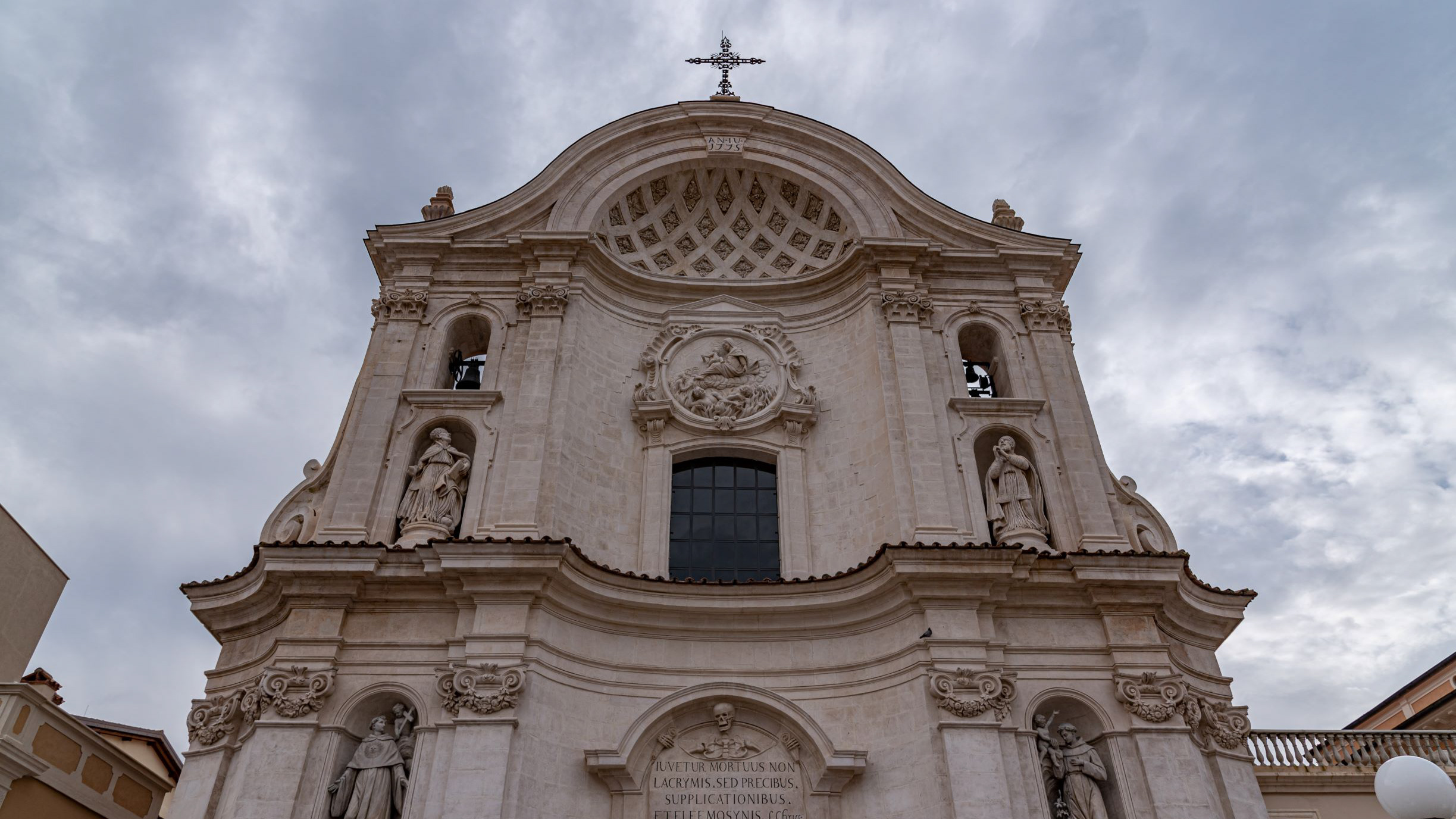
2020
L'Aquila. Church of Santa Maria del Suffragio - 2019
Built starting in 1713 for the victims of the earthquake of 1703, it is the symbol of the eighteenth-century reconstruction of the city and represents the maximum expression of the religious architecture of L'Aquila in the eighteenth century.
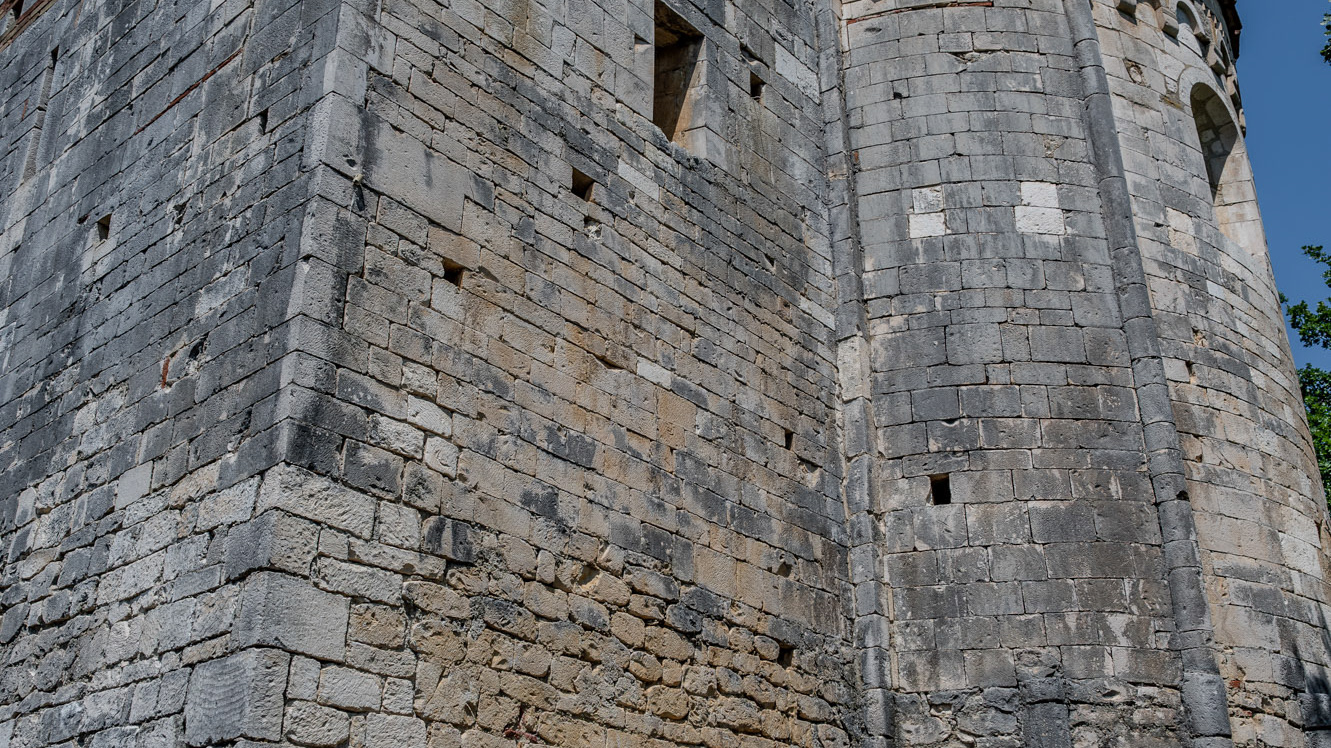
2024
Isola del Gran S. The church of S Giovanni ad Insulam
The church of San Giovanni ad Insulam, also known as the church of San Giovanni al Mavone, stands isolated on a small hill that flanks the Mavone river in the valley of the same name.
2022
Abruzzo, Italy. Spectacular sunrise.
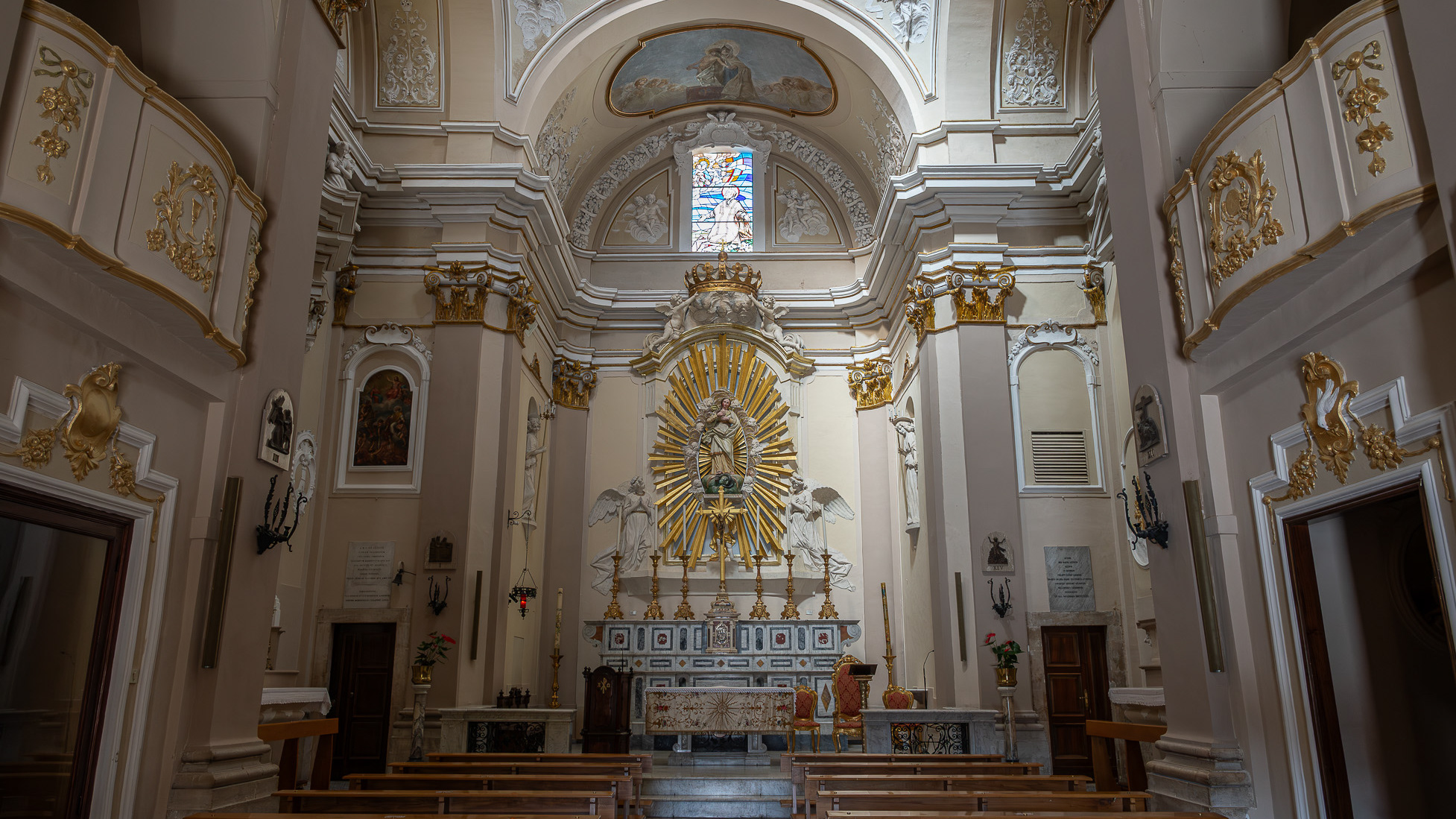
2023
Sulmona. Church of San Filippo Neri
The construction of the church and oratory of San Filippo Neri began in the mid-17th century and was completed in 1677. However, in the beginning the congregation was based - together with that of the Jesuit Fathers - in the church of Sant'Ignazio , located in Piazza XX Settembre and no longer existing today; only later did it move to Piazza Maggiore - the current Piazza Garibaldi - within the lively and populous Borgo Pacentrano. The earthquake of 1706 forced a reconstruction of the complex, which Baron Giambattista Mazara magnanimously took charge of between 1785 and 1794, deserving the commemorative plaque placed on the right wall of the church; the adjoining convent had to assume considerable decorum, so much so that in 1796 it was even able to host King Ferdinand IV of Bourbon on a visit to the city. In 1799, with the suppression of the Filipino order, the Fathers left the city and the sacred building, abandoned and reduced to profane use, was transformed into an oven and also used for military purposes. Likewise, the oratory, confiscated by the Royal Property, had various uses and today is the headquarters of the Command of the Guardia di Finanza. Only in 1920 did the church regain its religious use, becoming the seat of the parish of Sant'Agata. From here the traditional demonstration of the Madonna fleeing into the square begins on Easter morning, the joyful conclusion of Holy Week in Sulmona.
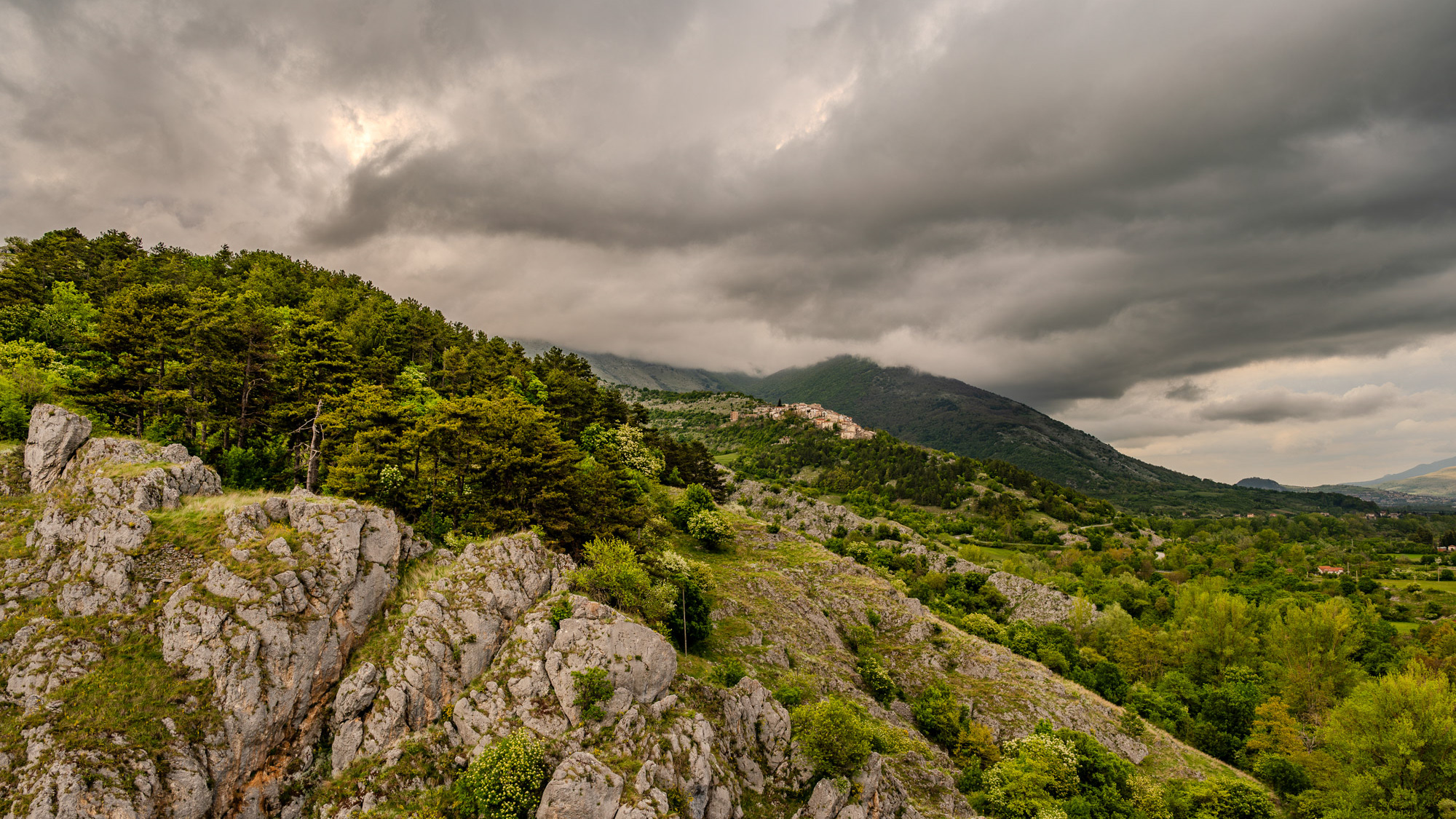
2024
Spectacular landscapes and views 2024
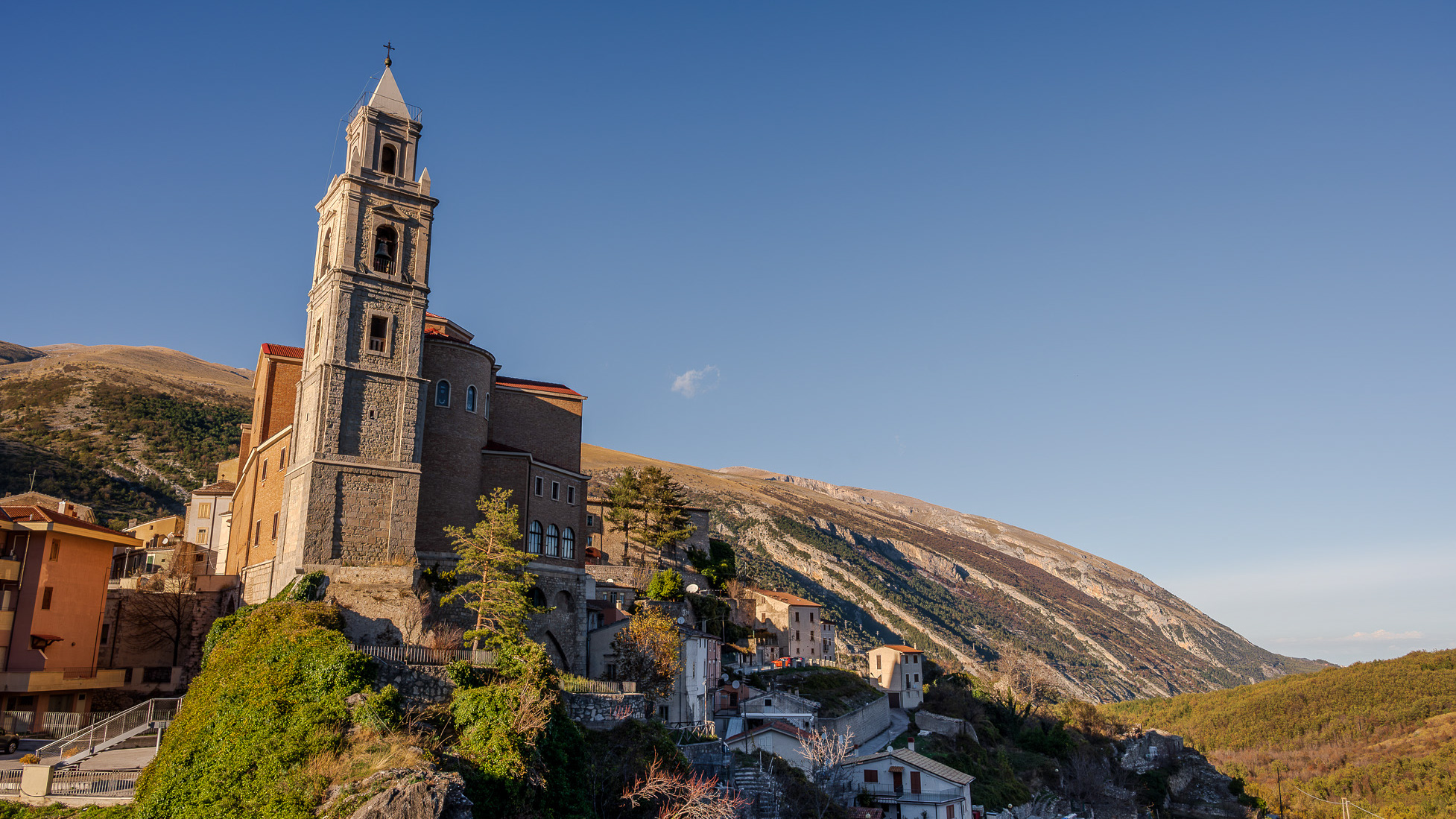
2023
Palena, Church of San Falco and Sant'Antonino
Parish church of the town, it was built in the 12th century, after the earthquake of 1706, it was built again, however maintaining the 14th century bell tower
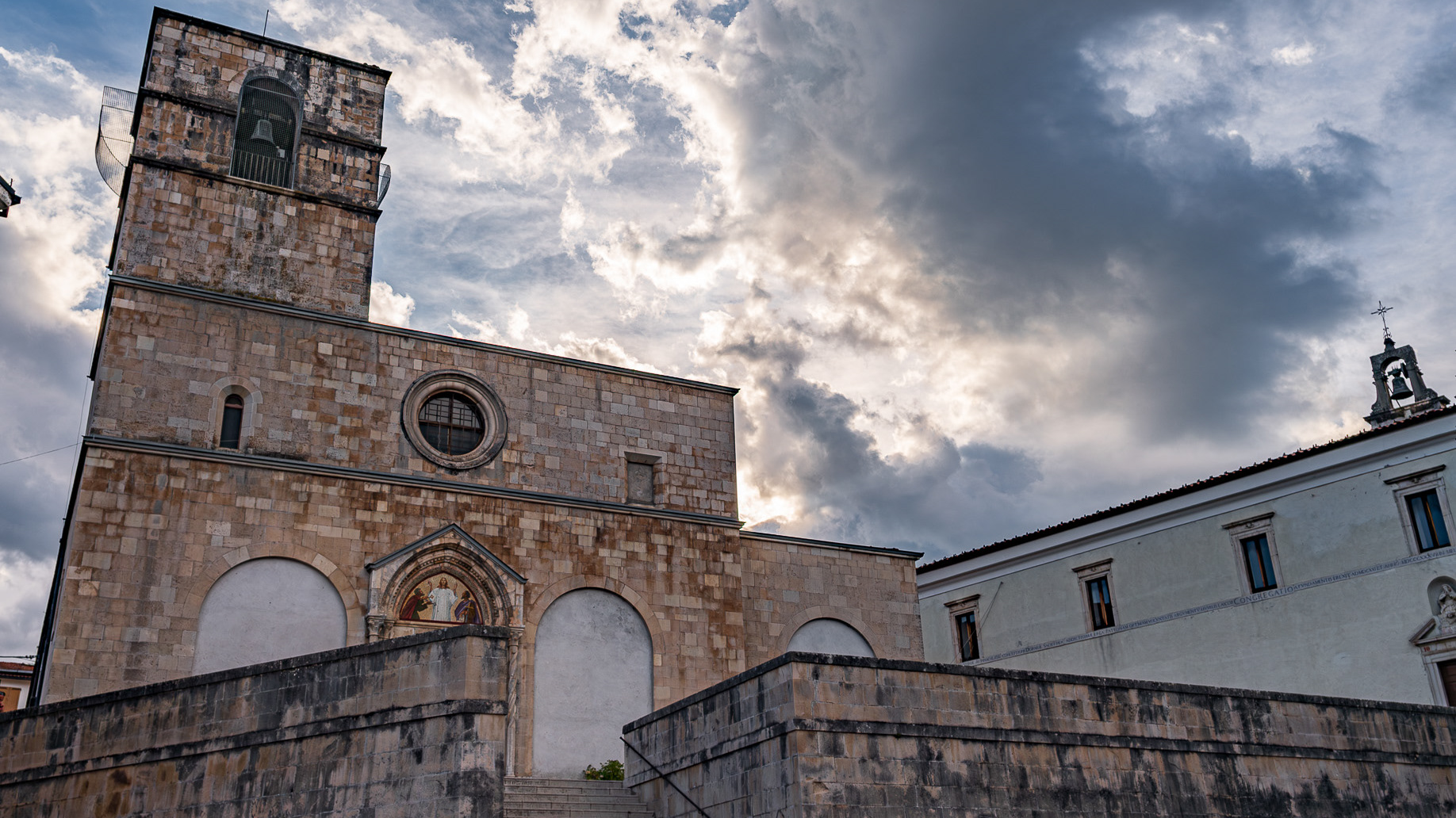
2023
Alfedena. Church of Saints Peter and Paul
Church of Saints Peter and Paul (13th century), is located in the western part of the town, in Largo Don Filippo Brunetti, is characterized by a Romanesque-inspired façade (13th century), was restored following the damage of the Second World War. The interior of the church is the result of the reconstruction in 1954. The large mosaics on the facade and inside were created by Fausto Conti in the 1950s.
2023
Pescara. La Nave fountain
One of the best-known and most identifying city monuments, the La Nave fountain was created by Pietro Cascella in 1986 in travertine marble. It was inaugurated on 4 July 1987
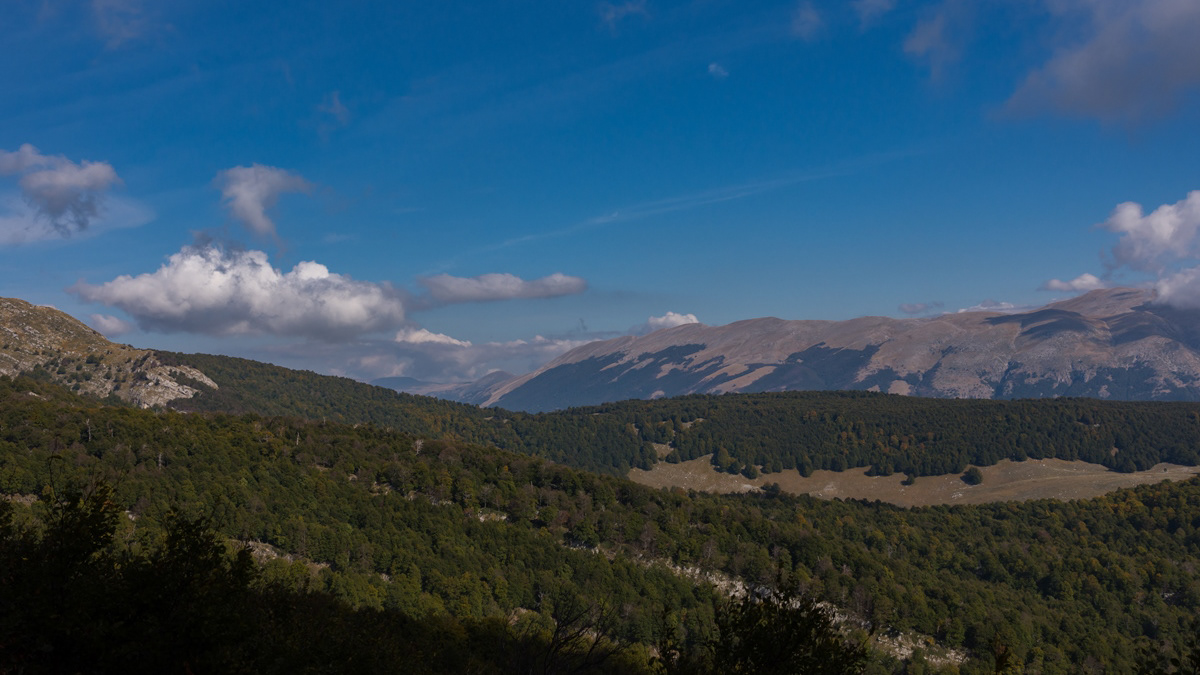
2017
Mainarde
Mountain range which, compared to the Abruzzo National Park, extends from north to south and whose crests delimit the border between Lazio (west) and Molise (east). Due to its importance both from a naturalistic and faunistic point of view, the mountain range was inserted by presidential decree in the Abruzzo National Park in January 1990. It includes high altitude peaks that are around 2000 meters: Monte Meta (2241), Monte Metuccia, Coste dell'Altare, Monte Mare (2020), Monte Cavallo (2039), Monte Forcellone (2030). The Mainarde, like the rest of the Apennine mountains, are very ancient and of limestone origin. On them the erosion of winds and waters has left clear traces in gorges, gullies and beautiful potholes of the giants, the latter very clearly visible by anyone who looks out from the viewpoint of San Michele. Covered by dense arboreal vegetation (beech groves) up to an altitude of 1800-1900 meters, the Mainarde - beyond this altitude - offer a spectacular turf, ideal habitat for particular types of endangered fauna such as the Abruzzo chamois the Marsican brown bear, the Apennine wolf and the lynx.
